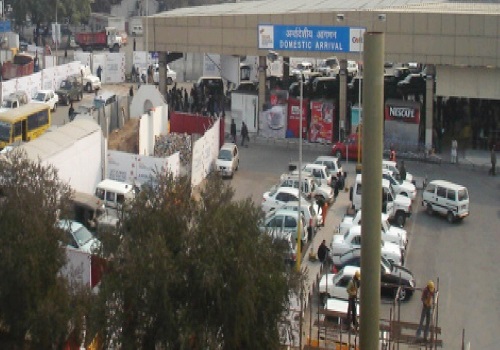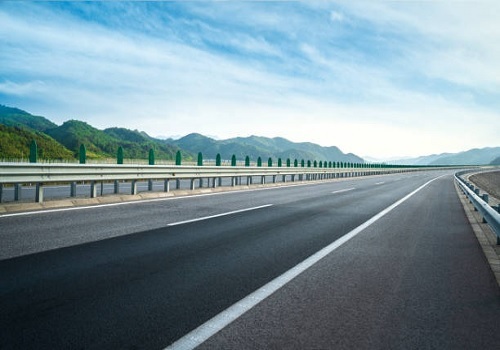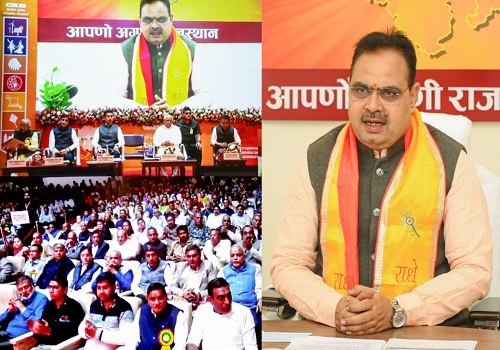Hydrant Refuelling System launched at all parking bays of Terminal 1: DIAL

Follow us Now on Telegram ! Get daily 10 - 12 important updates on Business, Finance and Investment. Join our Telegram Channel
In a major leap towards environmental sustainability, GMR-led Delhi International Airport Limited (DIAL) on Monday announced the launch of an advanced Hydrant Refuelling System (HRS) at all parking bays of Terminal 1.
According to officials, this state-of-the-art refuelling system will replace the movement of traditional bowsers and refuelling tankers at aprons, paving the way for a cleaner and greener future for the airport.
With the HRS now operational across all parking bays of the three terminals, Delhi Airport is poised to achieve significant environmental benefits as the system is estimated to reduce carbon emissions by a staggering 3,000 tonnes annually, a crucial step towards DIAL's ambitious goal of becoming a Net-Zero Carbon Emission Airport by 2030.
“Delhi Airport now has the largest aviation fuel infrastructure in the country with approx. 36 km of HRS pipeline network and 320 hydrant pits that are laid out in the aprons for delivering fuel to aircraft,” said the spokesperson.
“The Hydrant Refuelling System at Delhi Airport is an example of how innovation can lead to a more sustainable and efficient future for aviation. The state-of-the-art system, now operational at Terminal 1 apron, will help in optimising the efficiency of the airport’s operations and cost, and enhance safety at the airside,” said Videh Kumar Jaipuriar, CEO of DIAL, a subsidiary of GMR Airports Infrastructure Limited.
“By optimising operations, reducing emissions, and prioritising safety, this system will take us towards our goal of becoming the Net Zero Carbon Emission Airport by 2030 and a brighter future for our planet,” said Jaipuriar.
As per officials, the Hydrant Refuelling System is designed such that refuelling of aircraft will require only one person thereby involving less manpower and increased efficiency and lesser fuel consumption of the fuel trucks thus increasing the sustainability of the system.
Its advanced safety features include emergency shutdown buttons on each aircraft parking stand, a Tightness Monitoring System to ensure pipeline integrity along a Cathodic Protection System to ensure pipeline healthiness.
The HRS is centrally monitored and controlled online 24/7 through a central control room leading to better safety, management, and optimisation.










Top News

General insurers in India, China, Indonesia may reduce exposure to coal industry gradually: ...


 320-x-100_uti_gold.jpg" alt="Advertisement">
320-x-100_uti_gold.jpg" alt="Advertisement">







